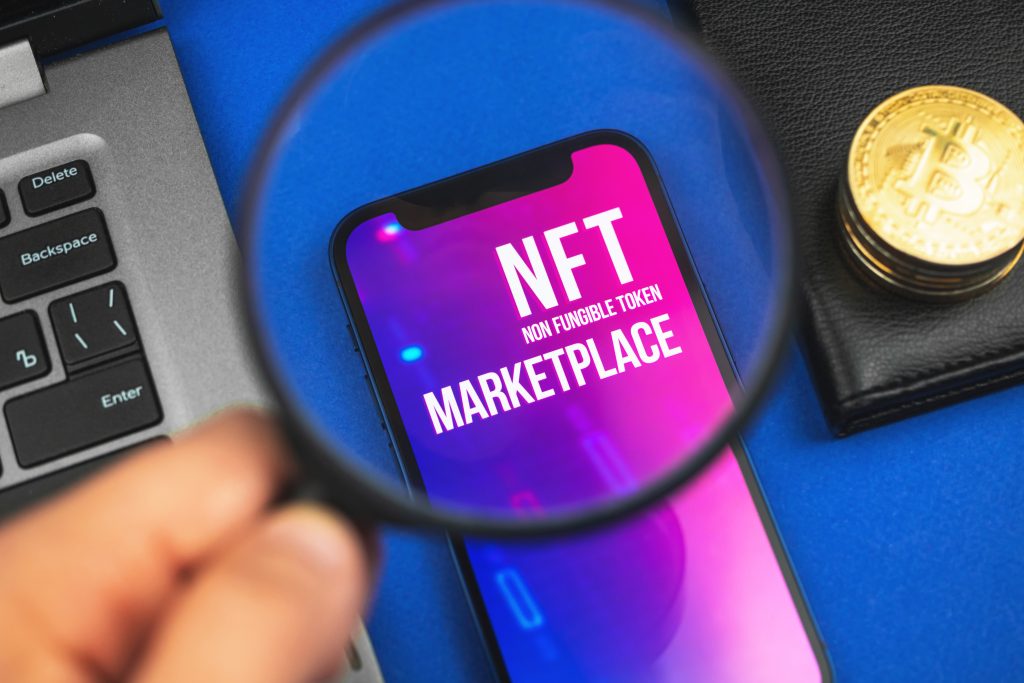In the digital era, the concept of ownership has been revolutionized by the advent of Non-Fungible Tokens (NFTs). These unique digital assets, which can represent anything from a piece of artwork to a music album, or even a tweet, have disrupted traditional notions of value and ownership. NFTs have gained significant attention due to their ability to authenticate digital assets, thereby assigning them a unique value in the digital realm. In 2021 alone, the NFT market reached a staggering $40 billion in value, according to the 2021 NFT Market Report by blockchain data company Chainalysis. This guide aims to demystify NFT marketplaces, the platforms where these unique tokens are bought, sold, and even created, providing a comprehensive overview for beginners venturing into this exciting new frontier.
What is an NFT Marketplace?
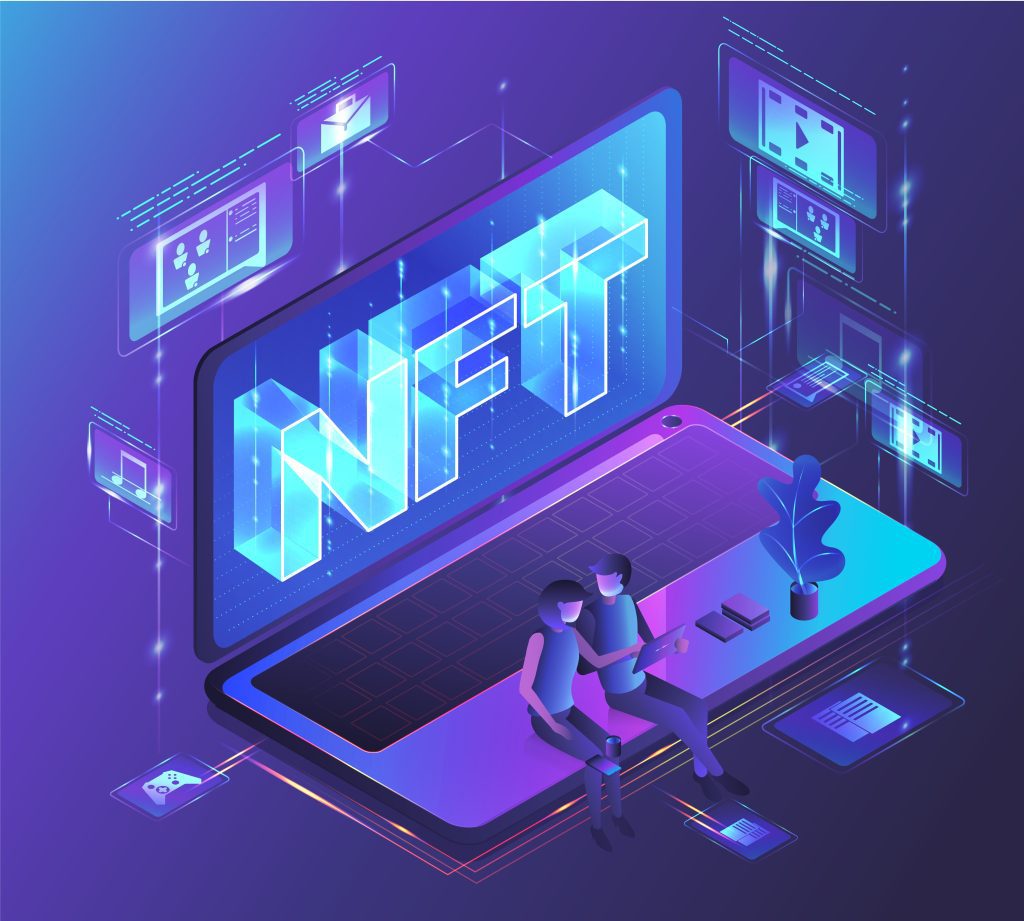

An NFT marketplace is akin to a digital bazaar where NFTs are bought, sold, and traded. Think of it as the Amazon or eBay for digital assets. These platforms serve as a conduit between buyers and sellers, facilitating the exchange of these unique tokens.
However, unlike traditional online marketplaces, NFT marketplaces require a crypto wallet that is compatible with the blockchain network supporting the NFTs you wish to buy or sell. For instance, if you’re dealing with NFTs based on the Ethereum blockchain, you’ll need a compatible Ethereum wallet like MetaMask.
These marketplaces are not just platforms for trading; they also serve as exhibition spaces where digital artists can showcase their work. Some marketplaces even allow users to mint their own NFTs, essentially creating a unique digital asset that can be traded on the platform.
Top NFT Marketplaces
As of July 2023, the NFT landscape is diverse and vibrant. Here are some of the top NFT marketplaces that have made a significant impact:
- OpenSea: As the largest NFT marketplace, OpenSea offers a wide range of NFTs across various categories. It supports Ethereum, Polygon, and Klaytn blockchains.
- Rarible: Rarible is a decentralized marketplace that allows users to mint, buy, and sell NFTs. It also has its own governance token, RARI.
- NBA Top Shot: This platform offers officially licensed NBA collectible highlights. It’s built on the Flow blockchain.
- Binance NFT Marketplace: Launched by the world’s largest cryptocurrency exchange, Binance NFT Marketplace offers a wide range of NFTs and supports the Binance Smart Chain.
- Nifty Gateway: Owned by Gemini, Nifty Gateway focuses on high-end NFT art and offers regular “drops” of new artwork.
- SuperRare: SuperRare is a marketplace for single-edition digital artworks. Each artwork is authentically created by an artist in the network, and tokenized as a crypto-collectible digital item that you can own and trade.
Remember, the best marketplace for you depends on your specific needs and interests. Always do your research before diving into the world of NFTs.
How do These Crypto Marketplaces Work?
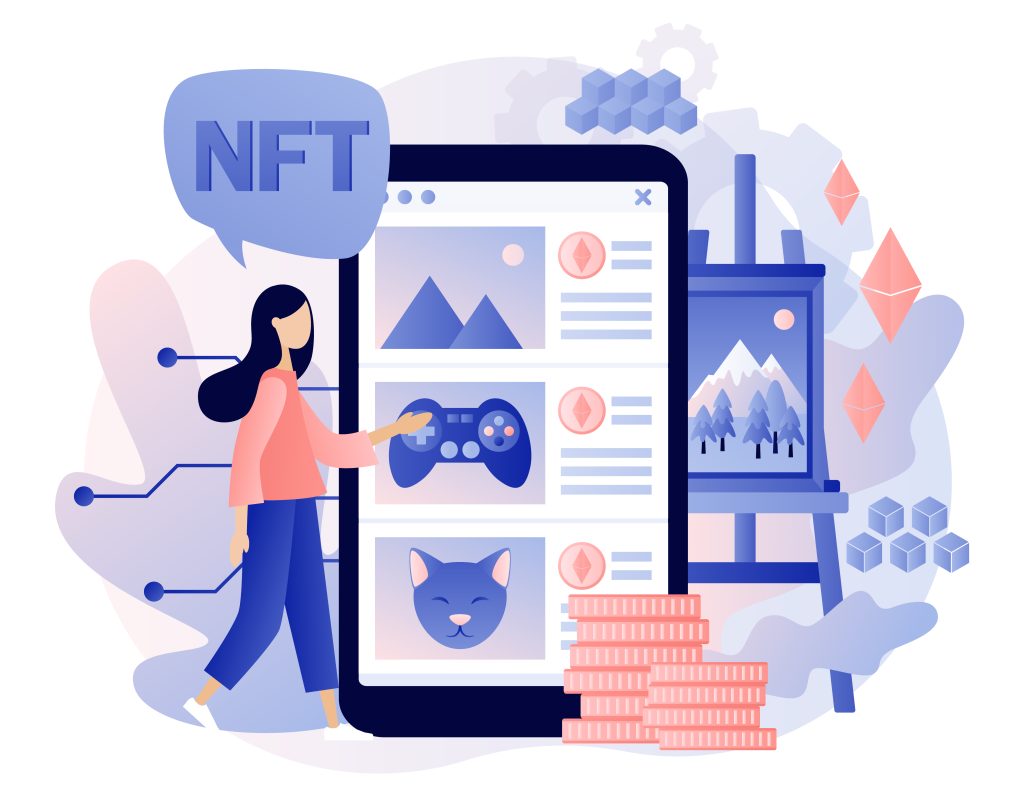

Navigating an NFT marketplace involves a few key steps. First, you’ll need to set up an account, much like you would on any online platform. However, in addition to providing basic information, you’ll also need to connect a digital wallet that’s compatible with the marketplace. This wallet will be used to buy and sell NFTs on the platform.
Once your account is set up, you can start exploring the marketplace. NFTs are usually listed with a description, price, and information about the creator. If an NFT catches your eye, you can buy it directly for a fixed price, much like buying a product on an e-commerce site. Some platforms also offer auction-style listings, where you can place bids on NFTs.
Selling NFTs involves a slightly more complex process. If you’re selling an NFT you’ve created, you’ll need to upload the digital asset, set a price (or choose to auction it), and provide any necessary details. The platform will then verify the asset and, once approved, list it for sale.
It’s important to note that most transactions on NFT marketplaces involve fees. These can include listing fees, transaction fees, and blockchain network fees. The exact fees can vary depending on the marketplace and the specific blockchain network used.
Types of NFT Marketplaces
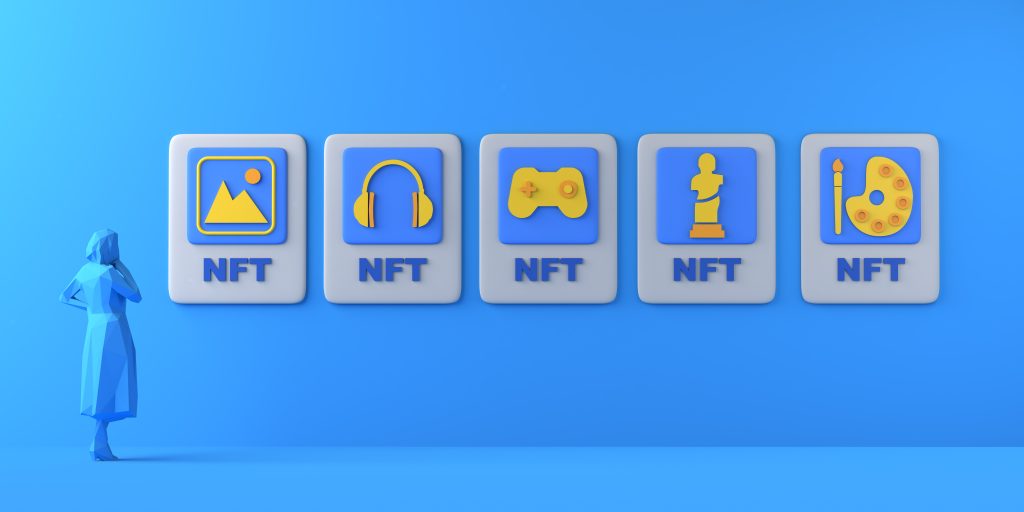

NFT marketplaces come in various forms, each catering to a specific niche within the broader NFT ecosystem. Understanding the different types of marketplaces can help you navigate the NFT landscape more effectively.
- Universal Marketplaces: These are platforms that list a wide range of NFTs, from digital art and music to virtual real estate and domain names. OpenSea is a prime example of a universal marketplace, offering a vast array of NFT categories.
- Art-Oriented Marketplaces: These platforms primarily focus on digital art. They provide a space for artists to showcase their work and for collectors to discover new pieces. KnownOrigin and SuperRare are examples of art-oriented NFT marketplaces.
- Game-Oriented Marketplaces: These platforms specialize in in-game items, allowing players to buy, sell, and trade NFTs related to specific video games. Enjin Marketplace is a popular choice in this category.
- Domain Name Marketplaces: These platforms deal with blockchain domain names, which are essentially NFTs. Unstoppable Domains is a leading marketplace in this niche.
- Virtual Real Estate Marketplaces: These platforms allow users to buy, sell, and trade virtual land and properties, primarily in blockchain-based virtual worlds. Decentraland’s marketplace is a prime example.
NFT Blockchain Options
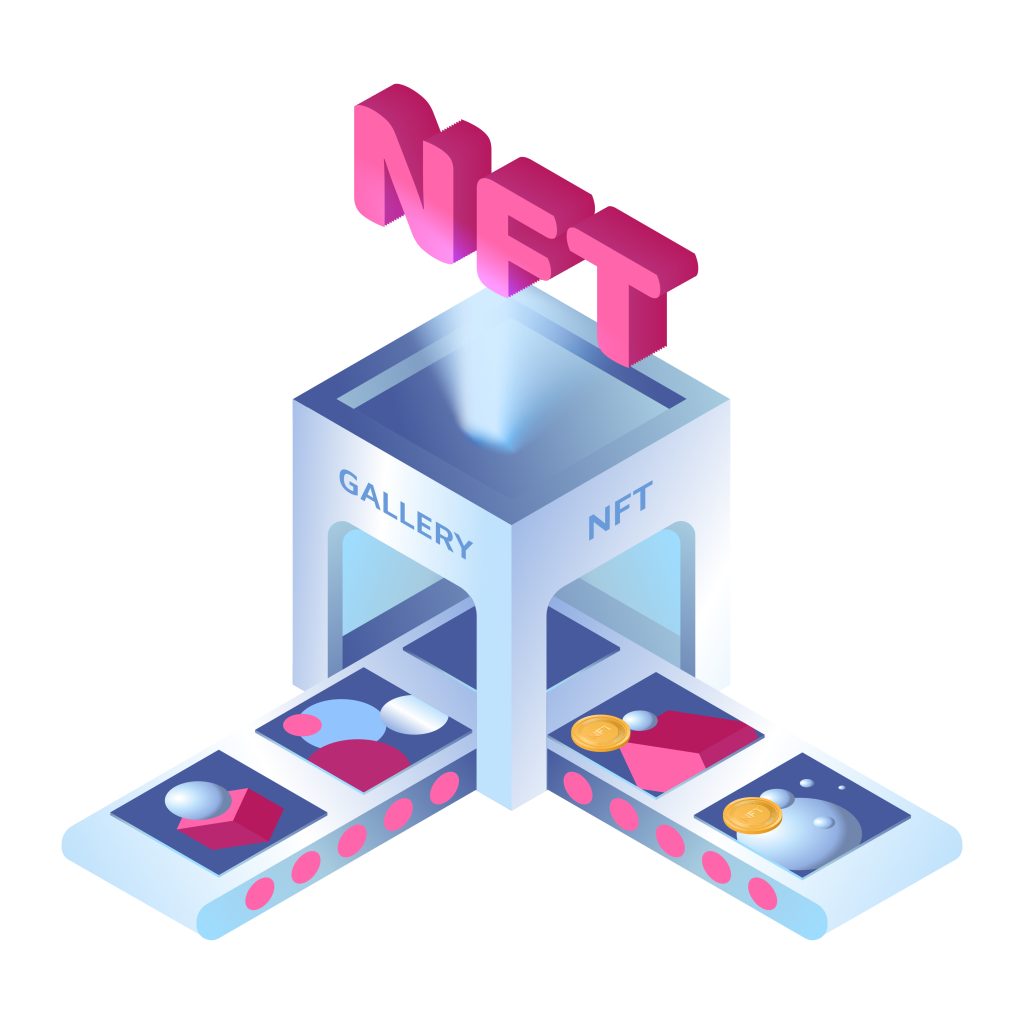

While Ethereum is the most popular blockchain for NFTs, several other blockchains have entered the NFT space, each offering unique advantages and features.
- Ethereum: The largest and most well-known platform for NFTs, Ethereum is known for its robust smart contract capabilities, which are essential for creating NFTs.
- Binance Smart Chain (BSC): Known for its low transaction fees and high performance, BSC has become a popular choice for NFT creators and traders.
- Flow: Developed by Dapper Labs, the creators of CryptoKitties, Flow is designed from the ground up for NFTs and decentralized applications (dApps) that require high performance.
- Tezos: Tezos offers lower transaction fees than Ethereum, which has made it a popular choice for NFT creators and traders.
- Polygon: Previously known as Matic Network, Polygon is a layer 2 scaling solution for Ethereum, aiming to provide faster and cheaper transactions.
- Algorand: Algorand is a scalable, secure, and decentralized blockchain that has recently entered the NFT space.
Token standard used in the platform
The token standard used in an NFT platform refers to the specific set of rules that the NFT follows, which are dictated by the blockchain it’s built on. These rules define how the token functions and interacts with other tokens and users within the ecosystem.
▹Ethereum Standards: ERC-721 and ERC-1155
On the Ethereum blockchain, the most common token standards for NFTs are ERC-721 and ERC-1155. ERC-721 is the standard for “non-fungible” tokens, meaning each token is unique and not interchangeable with any other token. This is the standard used for most NFTs.
ERC-1155 is a more complex standard that allows for both fungible (interchangeable) and non-fungible tokens. This is useful for platforms that need to support multiple types of assets.
▹Other Blockchain Standards
Other blockchains have their own token standards for NFTs. For instance, Binance Smart Chain uses the BEP-721 and BEP-1155 standards, which are similar to Ethereum’s ERC-721 and ERC-1155. Flow, the blockchain used by NBA Top Shot, uses the Flow FT and Flow NFT standards for fungible and non-fungible tokens, respectively. And even when is not a standard, there are Bitcoin NFTs too!
Understanding the token standard used by a platform can help you comprehend how your NFTs will function and what kind of features they might have.
How to Buy NFTs in a Marketplace?
Purchasing NFTs in a marketplace is a process that, while straightforward, requires a basic understanding of how blockchain transactions work. Here’s a detailed look at the steps involved.
‣Setting Up an Account
The first step in buying an NFT is setting up an account on your chosen marketplace. This typically involves providing an email address and creating a password. Some platforms may also require additional information for verification purposes.
‣Connecting a Digital Wallet
Once your account is set up, the next step is to connect a digital wallet. This wallet will be used to store the NFTs you purchase and to make transactions on the platform. The type of wallet you’ll need depends on the blockchain the marketplace operates on. For instance, if the marketplace operates on the Ethereum blockchain, you’ll need an Ethereum-compatible wallet like MetaMask or Trust Wallet.
‣Browsing and Selecting NFTs
After setting up your wallet, you can start browsing the marketplace. Each NFT listing will typically include a visual representation of the asset (like an image or video), a description, the name of the creator, the price, and the token standard it uses.
‣Purchasing NFTs
Once you’ve found an NFT you’d like to purchase, you can proceed to buy it. Some NFTs have a fixed price, meaning you can buy them immediately at the listed price. Others may be sold through an auction, where you’ll need to place a bid and wait to see if it’s accepted.
‣Confirming the Transaction
When you decide to buy an NFT, you’ll need to confirm the transaction in your digital wallet. This will usually involve paying for the NFT and a transaction fee. Once the transaction is confirmed, the NFT will be transferred to your wallet.
Tips for choosing an NFT marketplace
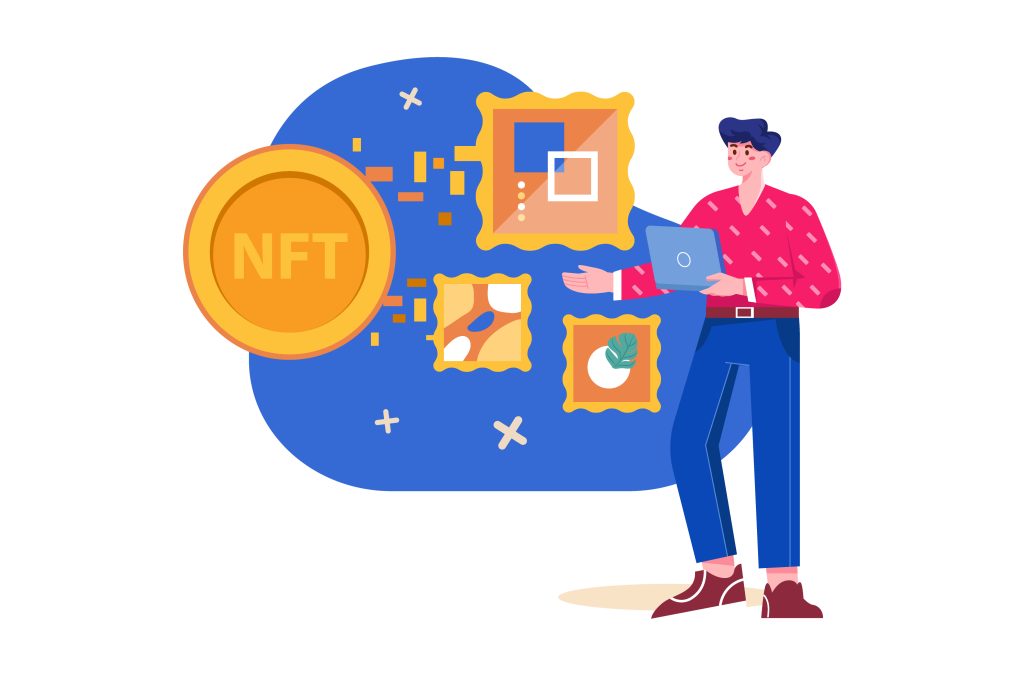

Choosing the right NFT marketplace can be a daunting task, especially for beginners. Here are some tips to help you make an informed decision:
- Understand Your Needs: Are you interested in digital art, music, virtual real estate, or a specific type of NFT? Different marketplaces specialize in different types of NFTs, so understanding your needs can help narrow down your options.
- Check the Fees: Most NFT marketplaces charge fees for transactions. These can include listing fees, selling fees, and blockchain network fees. Make sure to understand the fee structure of a marketplace before getting started.
- Consider the Blockchain: Different marketplaces operate on different blockchains, which can affect transaction costs and the types of wallets you can use. Ethereum is the most common, but others like Binance Smart Chain, Flow, and Tezos offer alternatives.
- Reputation and Community: Check out the reputation of the marketplace. A platform with a strong community and positive reviews can provide a more secure and enjoyable experience.
- User Experience: The platform should be user-friendly, with a clean design and easy navigation. A good user experience can make the process of buying and selling NFTs much smoother.
The Bottom Line
Navigating the world of NFTs and their marketplaces can seem overwhelming at first. However, with a clear understanding of what NFTs are, how they work, and where to buy them, you can confidently step into this exciting new digital frontier.
Remember, the NFT marketplace you choose plays a crucial role in your NFT journey. It’s not just about buying and selling; it’s also about becoming part of a community that shares your interests. Whether you’re an artist looking to showcase your digital art, a collector hunting for the next big thing, or a gamer wanting to trade in-game items, there’s an NFT marketplace out there for you.
As with any investment, it’s essential to do your research and understand what you’re buying. The value of NFTs can be volatile, and the digital art market, in particular, can be speculative. But with careful consideration and due diligence, buying NFTs can be a fun and potentially rewarding experience.
In the end, NFTs represent more than just a new type of digital asset. They’re a testament to the limitless possibilities of blockchain technology and a glimpse into a future where digital and physical realities intertwine more closely than ever before.


